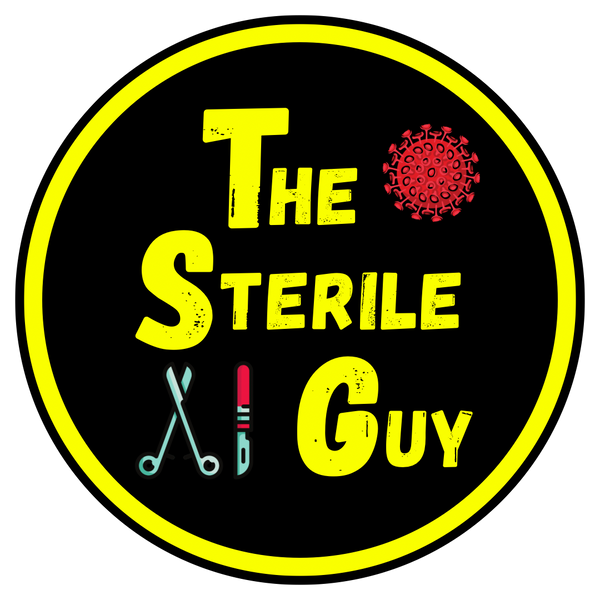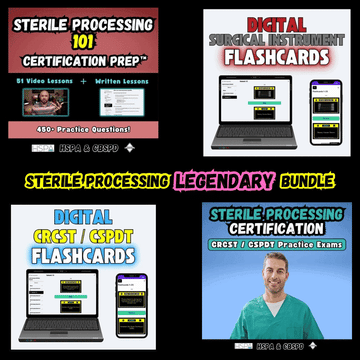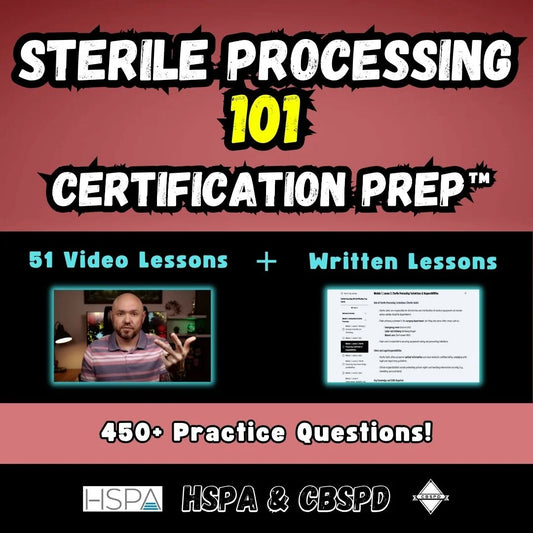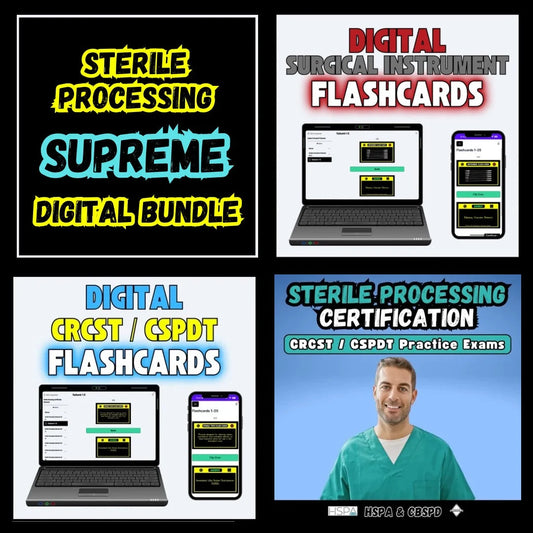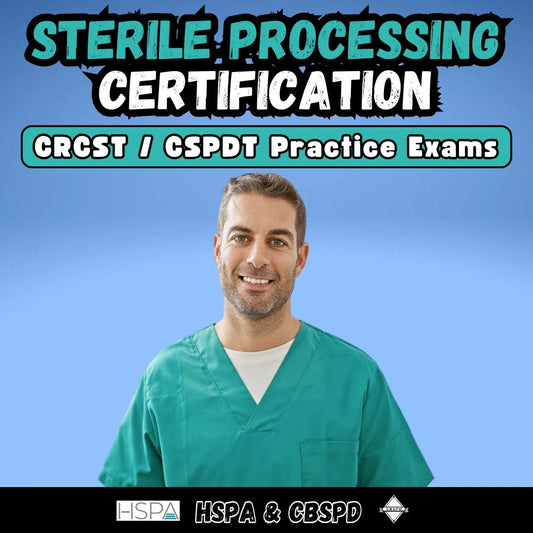Anatomy and Physiology for Surgical Technicians

Understanding the Human Body to Support Precision in the Operating Room
Surgical Technicians play a vital role in ensuring surgical procedures run smoothly, safely, and efficiently. This guide bridges anatomy and physiology with the responsibilities of the surgical tech—such as anticipating surgeon needs, selecting appropriate instruments, and understanding the needs anatomical context of surgical cases. Ready to become a Surgical Tech in as little as 4 months? Consider Preppy which is accredited, provides you an externship, and has a 30-day money back guarantee.
🧠 Why Anatomy Matters in Surgery
An in-depth understanding of anatomy and physiology allows surgical techs to:
- Anticipate the surgical instruments a surgeon will need based on the anatomy involved.
- Select and prepare instrument sets aligned with specific body systems or procedures.
- Communicate effectively with the surgical team using precise anatomical language.
- Position patients properly and recognize when anatomy dictates a change in instrument use or technique.
🧭 Key Anatomical Terminology & Body Planes
Familiarity with anatomical directions and planes supports surgical planning, instrument handling, and communication in the OR.
- Anterior / Posterior – Front / Back
- Superior / Inferior – Above / Below
- Medial / Lateral – Toward / Away from midline
- Proximal / Distal – Nearer to / Farther from a reference point
- Sagittal Plane – Divides left/right
- Frontal (Coronal) Plane – Splits front/back
- Transverse Plane – Divides top/bottom
These terms help orient incision sites, draping, and instrument passing.

💀 Musculoskeletal System
Bones, Joints, and Muscles in Surgery
Understanding the skeletal and muscular systems is key for orthopedic and trauma cases.
- Bone types: Long (femur), short (carpals), flat (sternum), irregular (vertebrae), sesamoid (patella)
- Common surgeries: Fracture repair, joint replacement, spinal fusion
- Instruments: Rongeurs, curettes, bone saws, drills, and orthopedic retractors
- Muscles & Tendons: Critical in ACL repairs, rotator cuff procedures, and tendon grafts
Surgical techs must be able to set up large orthopedic trays and anticipate when powered instruments or implants will be needed.

❤️ Cardiovascular System
Heart, Blood Vessels, and Vascular Access
- Structures: Heart (4 chambers), arteries, veins, capillaries
- Surgeries: Bypass grafting, valve replacement, aortic repair
- Instruments: Vascular clamps, needle holders, perfusion cannulas, forceps, and suction
Surgical techs assist in delicate anastomosis in procedures and must be vigilant in managing small, precise instruments often used under magnification.

🧠 Nervous System
Brain, Spine, and Peripheral Nerves
- CNS: Brain and spinal cord
- PNS: Nerves connecting the body to the CNS
- Surgeries: Craniotomies, laminectomies, nerve decompressions
- Instruments: Micro scissors, bipolars, dissectors, ultrasonic aspirators
Neurosurgical cases demand a sterile tech who can remain focused, pass tiny instruments accurately, and keep the sterile field impeccably clean.

🌬️ Respiratory System
Airway and Lung Structures
- Anatomy: Nasal cavity, trachea, bronchi, lungs, alveoli
- Surgeries: Lobectomies, bronchoscopy, tracheostomy, thoracotomy
- Instruments: Rib spreaders, bronchoscopes, staplers, thoracic forceps
Anticipating suction, stapling, and retractors is critical. Surgical techs must also support anesthesiology during airway procedures.

🍽️ Digestive System
GI Tract and Accessory Organs
- Anatomy: Esophagus, stomach, intestines, liver, pancreas, gallbladder
- Surgeries: Appendectomy, colectomy, gastric bypass, cholecystectomy
- Instruments: Laparoscopic graspers, trocars, scissors, retractors, electrocautery tools
Laparoscopic setups require familiarity with insufflation systems, camera handling, and energy devices.

🧬 Urogenital System
Kidneys, Bladder, Reproductive Organs
- Urinary: Kidneys, ureters, bladder
- Reproductive: Uterus, ovaries, testes, prostate
- Surgeries: Cystoscopy, hysterectomy, nephrectomy, TURP
- Instruments: Scopes, resectoscopes, dilators, uterine manipulators
Surgical techs must anticipate dilation needs and fluid management tools during these procedures.

🧍 Integumentary System
Skin, Hair, and Infection Control
- Skin: First barrier against infection
- Hair: Must be covered; shaving sometimes required
- Surgeries: Skin grafting, debridement, cosmetic surgery
- Instruments: Dermatome, skin hooks, meshers
Sterile technique and field maintenance are critical when skin integrity is compromised.

👁️👂 Sensory Organs (Eyes & Ears)
Ophthalmic and Otologic Cases
- Eye Procedures: Cataract removal, retinal repair
- Ear Procedures: Tympanoplasty, mastoidectomy
- Instruments: Micro scissors, forceps, speculums, otologic drills
Low-temp sterilization is required; techs must maintain microscope alignment and manage irrigation systems.

🧾 Glossary (Surgical Technician Edition)
- Anterior / Posterior – Front / Back
- Proximal / Distal – Near / Far from point of reference
- Body Planes – Sagittal, Frontal, Transverse
- Cautery – Electrical tool used to cut or stop bleeding
- Retractor – Instrument used to hold back tissue or organs
- Suction – Removes blood or fluids from the surgical field
- Surgical Counts – Ensuring all sponges, instruments, and sharps are accounted for
💡 Frequently Asked Questions (FAQ)
Why is anatomy important for surgical techs?
It helps anticipate instrument needs, understand surgical steps, and assist more effectively in real time.
Which body systems should surgical techs focus on?
Musculoskeletal, cardiovascular, nervous, and digestive systems are commonly involved in major surgeries.
How does anatomy guide instrument selection?
Every procedure requires different tools based on the body region—knowing the anatomy helps build the right tray.
Why does instrument positioning matter?
Orientation matters for smooth handoffs and surgeon visibility; understanding body planes helps prep tables properly.
How do surgical techs stay one step ahead?
By knowing anatomy, common surgical steps, and instrument flow for different specialties, surgical techs can predict and prepare without being asked.
Share
Let customers speak for us
from 241 reviewsI took the practice test and I got a 91% on my certification exam!!
This course was the extra boost that I needed in order be confident in passing the exam. Thank you for all the information provided. I even refer to your notes while working.
Very helpful to me I can study any where at my own pace and low cost than going to school...I'm glad that there is something like this online to help anyone who want to pursue their career as a sterile processing tech.
I loved it, it’s very informative and the questions are great, it’s a great resource to purchase if you want to prepare for your certification exam!
I’ve really enjoyed this course so far. It delivers the information in a straightforward, digestible way. The Sterile Guy has compiled a highly effective program. Thanks very much from one highly satisfied customer!
The practice exams are detailed and easy to navigate. Brandon continues to show his passion in this industry by sharing his knowledge with up-and-coming techs. I also recommend investing in his flashcards. It has helped me greatly. Thank you, Brandon!,
These practice quizzes really helped me get the hang of answering questions related to instruments and the processes of preparing them! I even bought them twice cause I ran out of time lol. Super helpful!
I recently completed the Sterile Processing Guy course online and was extremely impressed. The content was clear, well-organized, and easy to follow. It helped me better understand important concepts like decontamination, disinfection, and sterilization. I appreciated how practical and informative the lessons were, it definitely made studying for certification feel more manageable. I highly recommend this course to anyone pursuing a career in sterile processing!
I won’t lie, I failed the first time around. So I decided to buy this practice test and I passed with flying colors my second go. Highly recommend to anyone interested in the CER, it helped a lot!
The flash card quality is amazing! Bravo sir! The card quality is way above average, questions are great! I’m still learning, utilizing these cards and your practice tests. Thanks for all the info!
I passed the CRCST exam. Taking reg sterile guy practice test over and over definitely helped get the job done.
This certification prep course is a must. Great videos with a lot of information and plenty of of practice exams.
These flashcards are so helpful and well put together. Highly recommend!
I'm really happy that I purchased the SP practice exam. I love how if you answer the question incorrectly, the correct answer will include the page number of the text book to find the answer. The questions are literally based on the textbook. I suggested "The Sterile Processing Guy" to my friend that is studying for the exam as well.
